Fight against diseases and pests of eggplant

Cultivated plants often infect various diseases and harmful insects. Eggplant is no exception. In this article, we will consider a description of the diseases that are found in this culture, as well as tell you what to do with them and how to deal with parasites.
Treatment of diseases
Eggplant often infects both fungal and viral diseases. Among them there is late blight, powdery mildew, scab, cercospora, anthracnose and more. Let's consider the most common diseases and methods of their treatment.
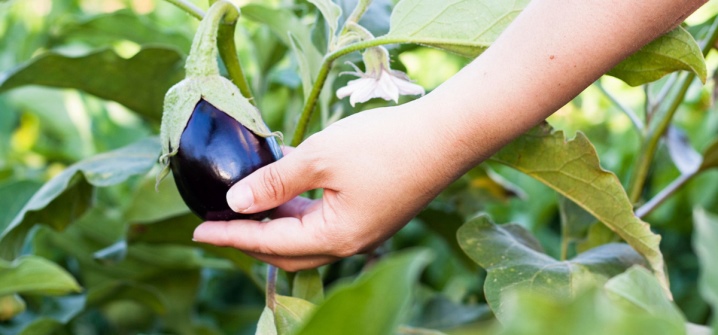
Late blight
The most common eggplant disease is late blight caused by a pathogenic fungus. Late blight can affect both eggplants growing in open ground and those grown in greenhouse conditions. The disease develops especially actively in conditions of high humidity.
It is possible to determine the presence of a disease in a plant by a number of signs: on the lower leaves, brownish spots are formed along the edge, which eventually cover the entire leaf. Subsequently, the disease progresses, brownish streaks form on the stems, which then also affect the entire stem. Further, the plants wither and die.
Note that late blight can affect plants at different stages; it is dangerous for both seedlings and adult crops.
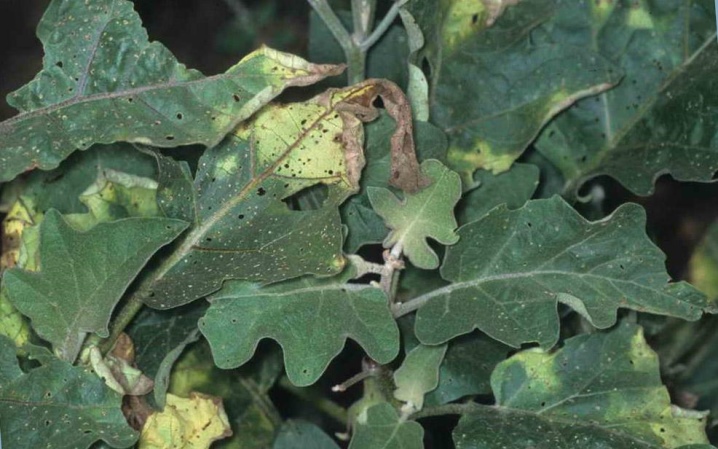
You can fight the disease with the help of special drugs - for example, such as "Previkur", "Fitosporin" or "Consent". Products with a high content of copper sulfate are also suitable - for example, Bordeaux liquid, and in emergency cases, you can use calcium chloride.
Besides, when fighting late blight, you can also use a folk remedy, namely milk solution. It is prepared from a liter of skim milk or kefir, 10 liters of water and a couple of drops of iodine. Mix it all up and process the plants. If necessary, the treatment can be repeated after 14 days.

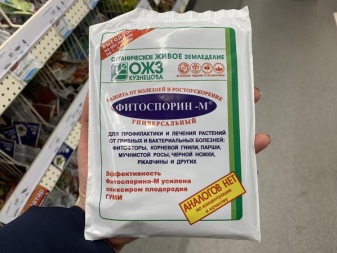
Powdery mildew
This is a fungal disease that is common in many cultures. It develops especially actively during heavy rains and temperature jumps.
It is not difficult to notice the disease: a light bloom begins to appear on the upper part of the eggplant leaves, the leaves themselves begin to dry out, and the plant itself withers. This disease should not be confused with peronosporosis, downy mildew, with this disease plaque appears on the underside of the leaf plate.
To get rid of the disease, it is recommended to treat the cultures with Topaz or colloidal sulfur.
At the same time, it is also necessary to reduce the number of irrigations, as well as regulate the humidity and air temperature.

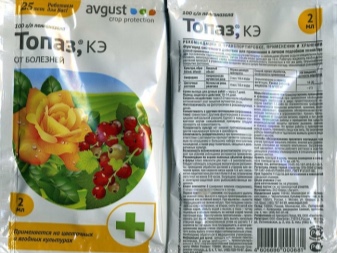
Sclerotinosis
This fungal disease is characteristic mainly of plants that are grown indoors. First of all, it affects the stem of the eggplant, which becomes soft and covered with mucus. Further, on parts of the plant, you can see a plaque that looks like cotton wool. Then the ovaries begin to fall off. If the disease progresses especially strongly, then it begins to affect the fruits, while the top of the leaves withers and dries. With a strong defeat, the plant simply dies.
If the plants get sick with sclerotoniosis, then they need to be treated as early as possible so as not to start the situation. Treatment can be carried out with the help of tools such as "Switch" and "Baxis". Before that, the diseased parts of the eggplant must be removed, and the place of the cuts must be treated with "Pseudobacterin".

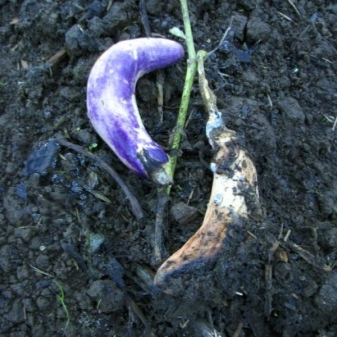
Verticillary wilting
Another disease provoked by a fungus that lives in soil layers. It attacks the vessels of the plant, spreading with their help through its tissues. The disease is activated mainly with increased moisture and temperatures up to 25 ° C.
The disease manifests itself as follows: the lower leaves of the eggplant begin to turn yellow. In addition to yellowing, there is also a change in the color of old foliage - it approaches a gray-green. As a result, the plant begins to wither and dies.
It is extremely difficult to fight this fungus, if it has infected crops. However, it is possible to stop the disease with the help of chemicals - among them "Trichoderma" and "Psvedobacterin" are especially popular.
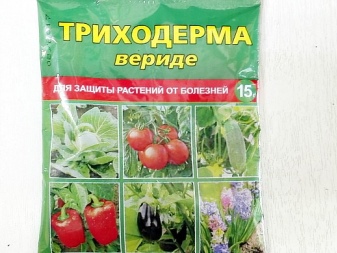
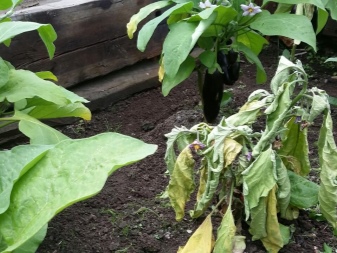
Tobacco mosaic
It is a viral disease that also affects eggplant. Understand that the plant has become infected, it is possible according to the following signs: mosaic light spots appear on the leaf plates. With the development of the disease, the spots become necrotic, and the foliage begins to turn yellow, wrinkle and fall off. The fruits of diseased plants also deteriorate: they do not ripen, become smaller and deformed. In some cases, the disease affects the root system, which makes it more difficult to find out about its appearance.
You cannot fight this disease, but it can be prevented: for this you need to disinfect garden tools and process the seeds before planting.
If you notice that the plants are sick, then they need to be removed from the site so that the virus does not spread to healthy crops.
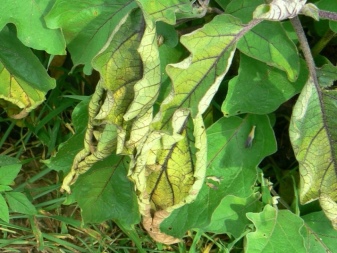

Cercosporosis
Another disease of fungal origin. It manifests itself as follows: small chlorotic spots begin to form on the stalk and foliage. Having noticed them, the plants need to be urgently sprayed with Bordeaux mixture. It is impossible to hesitate here, since the disease is quite dangerous and develops very actively, which usually happens during rainy periods.
Diseased plants give ugly fruits - they are underdeveloped, due to which their presentation is lost. Subsequently, if the disease is not dealt with, the eggplant leaves will begin to die off, and the plant itself will soon die.
In addition to the Bordeaux mixture, fungicidal agents such as Skor and Rajok can be used to fight the disease.
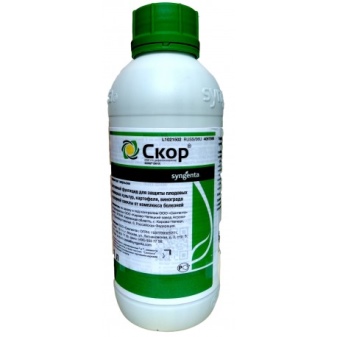
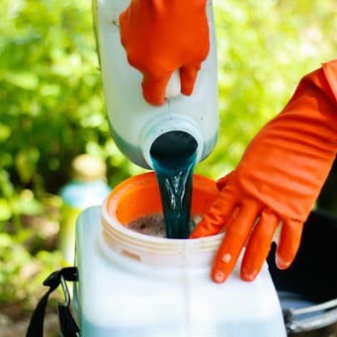
Top rot
This disease can be caused by bacteria, as well as a lack of certain nutrients. The signs of apical rot include the formation of serous spots on the upper parts of the eggplants, as well as their decay.
If the disease was provoked by a virus, then it will not be possible to cure it: diseased plants will need to be eliminated. If the culture lacks any trace elements, then it is necessary to adjust the feeding. To eliminate the problem in this case, it is recommended to spray with a solution of potash and calcium sulfur.

How to deal with pests?
Problems with cultivated plants can also arise due to parasites, which are carriers of infection, and also feed on plant juices. The consequence of this is damage to the plant: holes often form in the leaves, they dry out, and the fruits lose their presentation, the culture itself ultimately dies.
Aphid
Aphids are the most common parasite in garden beds. Usually, where aphids are found, you can see a large number of anthills: ants are on friendly terms with aphids, they protect it and feed on juices, which secretes this parasite when feeding. Often it is the ants that bring this pest to the garden bed.
Aphids can look different: they are usually a small midge. It can be of different colors: white, black, and bright red. They fight different types of aphids using the same methods.
So, if the parasite did not have time to breed, it is recommended to use folk remedies: for example, you can prepare a soap solution. They need to spray the plants. The interval between treatments should be 7 days.
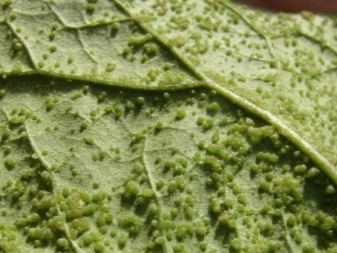
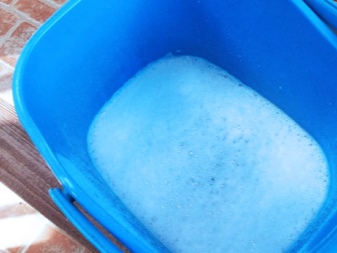
Colorado beetle
These pests actively eat green plants and are distinguished by their gluttony. Because of them, you can lose a huge amount of the crop.
This parasite looks like this: it has a reddish color and a back covered with black stripes. Note that the Colorado potato beetle reproduces very actively: one parasite is capable of laying about 700 eggs per season. That is why it is necessary to fight the pest as soon as possible.
You can fight the parasite with insecticides, but they are recommended only in extreme cases. In the first stages, you can use folk remedies - for example, dust the crops with wood ash or spray with a solution based on shavings of tar soap.
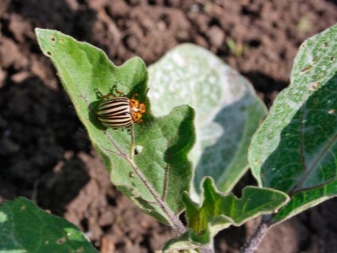
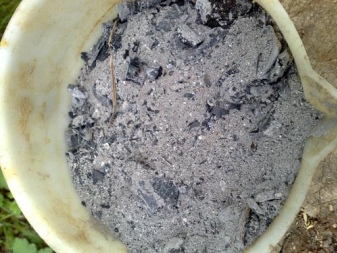
Spider mite
It is the smallest parasite that infects eggplant. The size of a spider mite does not exceed 0.5 mm. Nevertheless, the pest causes enormous damage to the culture: white spots form on the foliage of the plant, the tops dries, and a cobweb appears under the plant.
To eliminate parasites, it is necessary to increase the humidity, eliminate the affected areas of the culture, and remove the cobweb. If desired, plants can be sprinkled with ammonia, which must first be diluted in water.
If the case is neglected, then the fight will have to be carried out with the help of chemicals.
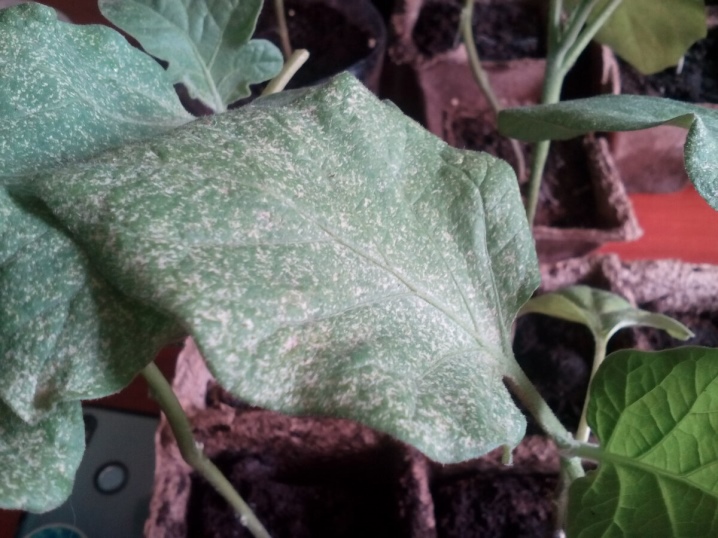
Whitefly
Another pest that causes huge damage to crops. Whiteflies are small white butterflies that resemble midges. They feed on plant juices and secrete a special substance that provokes the appearance of a sooty fungus.
To fight the parasite at a time when it has not yet had time to breed, it is necessary to spray the plants with a solution based on tar soap. Otherwise, you need to use special products that contain avermectins.
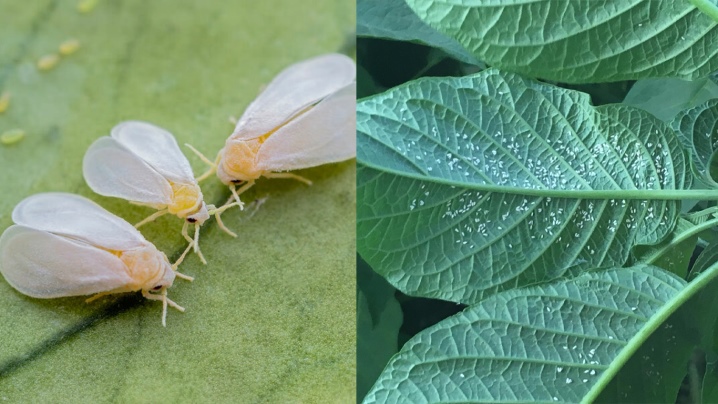
Medvedka
This parasite lives underground, which is why it is quite difficult to notice it. You can determine it by the holes or holes that the bear makes in the soil. This parasite feeds on the roots of the culture, as well as its aboveground part.
To deal with this harmful insect, you can make bait for it in the form of eggshells and vegetable oil. Mink parasites can also be poured with a special mixture prepared from 10 liters of boiled water and 150 milliliters of kerosene.

Cruciferous flea
The cruciferous flea is a dangerous parasite. This is a small insect that leads an active lifestyle. With its small size, it is capable of inflicting enormous damage on the plant, feeding on its green part. The larvae of this insect are also harmful: they infect the root system of eggplants, which leads to their death.
Moreover, this parasite attacks those plants that are located in places well-lit by the sun, but they do not tolerate shaded and wet areas.

Slugs
Slugs are fans of eggplant greens and their fruits. It is because of these gastropods that a large number of holes can be seen on the foliage of the plant, as well as mucus - they leave it when moving.
These pests are activated mainly at night, and therefore it is very difficult to notice them. To prevent the appearance of slugs, it is necessary to ventilate the greenhouses on a regular basis, mulch the soil with spruce needles, and also loosen the soil, sprinkling it with black pepper.
If the pest has already started in the garden, in this case it is recommended to use a special powder that contains metaldehyde.
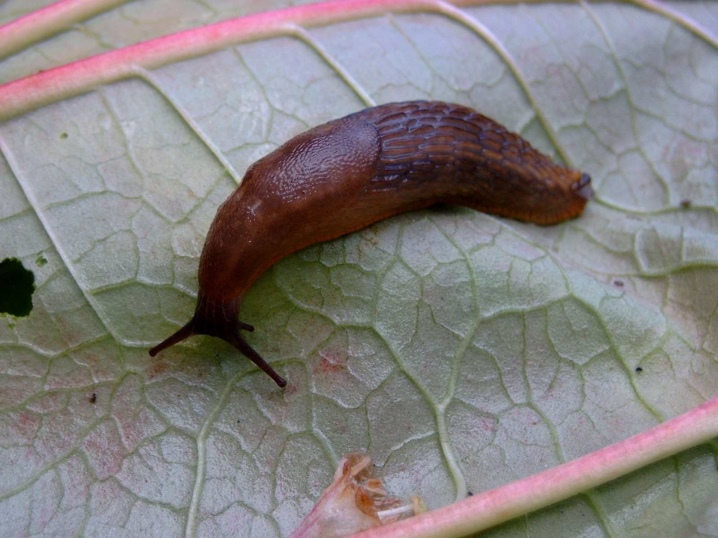
Prevention measures
To protect plants and protect them from the attacks of parasites, preventive measures must be followed. They will help prevent a problem from occurring or notice it in the early stages, which will keep the eggplant in good condition.
- The first thing to do is to constantly inspect the plantings for problems. This will help to take the necessary measures in time if a parasite or any disease is found.
- Do not forget about proper care, namely about regular watering, processing and feeding. Boric acid can be added as a top dressing - it helps to increase the fruiting and taste of the crop. Keep in mind, however, that excess water and fertilizer can also negatively affect plants. Everything should be in moderation.
- Do not forget about the elimination of weeds - this is also necessary for plant protection. It is on weeds that small pests often live, which eventually move to cultivated plants. Along with weeds, it is necessary to remove old foliage: under it, spores of harmful fungi, as well as parasites and their larvae, often hibernate. After waiting for favorable conditions, they become active and begin to besiege crops, causing them great harm.
- Eliminate diseased plant parts without fail. Otherwise, the fight against the disease will be useless.
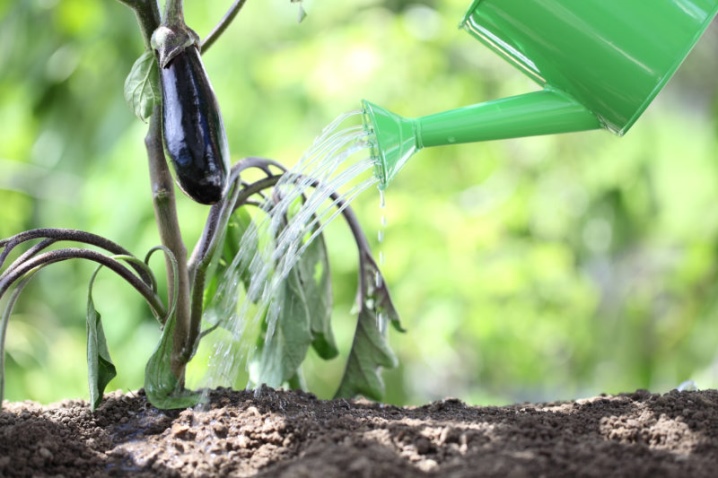













The comment was sent successfully.